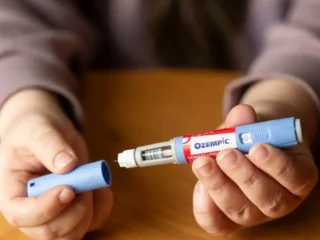Through the utilization of human “mini-brain” models referred to as organoids, researchers have unearthed a potential link between autism spectrum disorder and an imbalance in specific neurons crucial for brain communication and function.
Autism spectrum disorder is a neurological condition impacting social communication and behaviour, influencing individuals’ perceptions and interactions.
The term “spectrum” underscores the array of symptoms and their severity, encompassing autism, Asperger’s syndrome, childhood disintegrative disorder, and an unspecified pervasive developmental disorder.
The study uncovered abnormal imbalances of excitatory
Published in the Nature Neuroscience journal, the study uncovered abnormal imbalances of excitatory neurons in the forebrains of individuals with the disorder, correlating with their cranial size.
Alexej Abyzov, a genomic researcher at the Mayo Clinic Center’s Department of Quantitative Health Sciences, stated, “The organoid technology enabled us to replicate the brain developmental alterations that occur during the prenatal phase, believed to be the genesis of autism spectrum disorder.”
The research process involved the creation of miniature 3D brain-like organoids derived from the skin cells of individuals with autism spectrum disorder. These cells were transformed into induced pluripotent stem cells, versatile cells capable of differentiating into any bodily cell, including brain cells.
Revolutionizing Women’s Health: India’s Progressive Steps | ALSO READ
Employing single-cell RNA sequencing, the scientists studied gene expression patterns in individual brain cells. The examination encompassed 664,272 brain cells across three developmental stages. The study identified that the neuronal imbalance traced back to changes in the activity of specific genes known as “transcription factors,” pivotal in directing the initial stages of brain cell development.
Dr. Abyzov remarked, “Autism has a significant genetic component. Our objective is to assess autism spectrum disorder risk and potentially preempt it through prenatal genetic testing. This endeavour demands a comprehensive understanding of aberrations in brain regulation during development, an area where organoids could provide valuable insights.”






